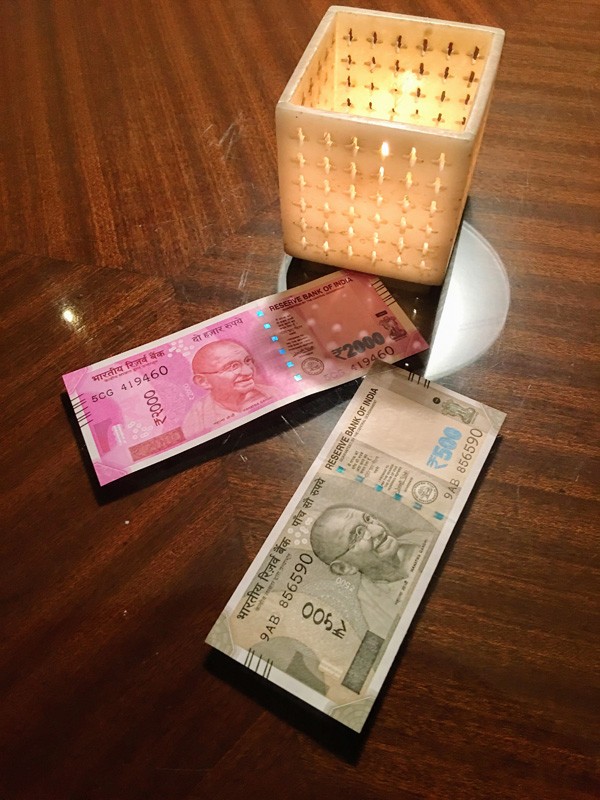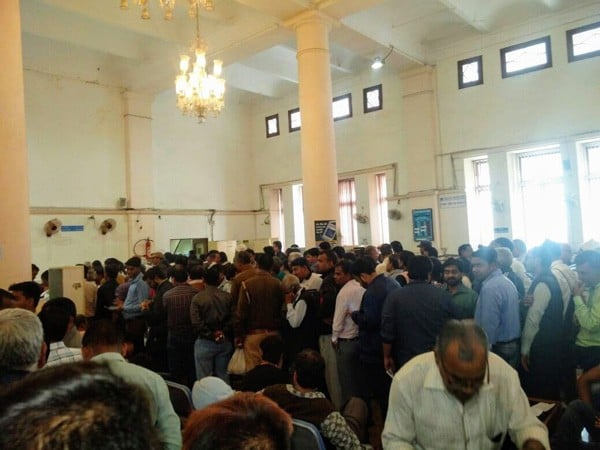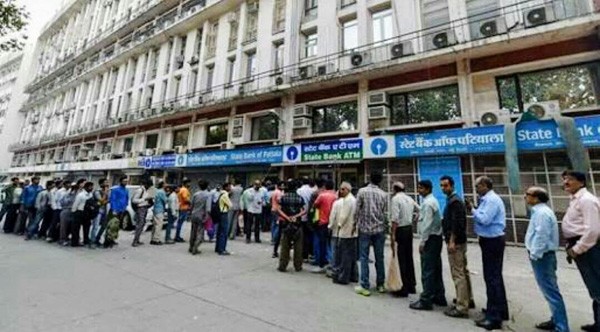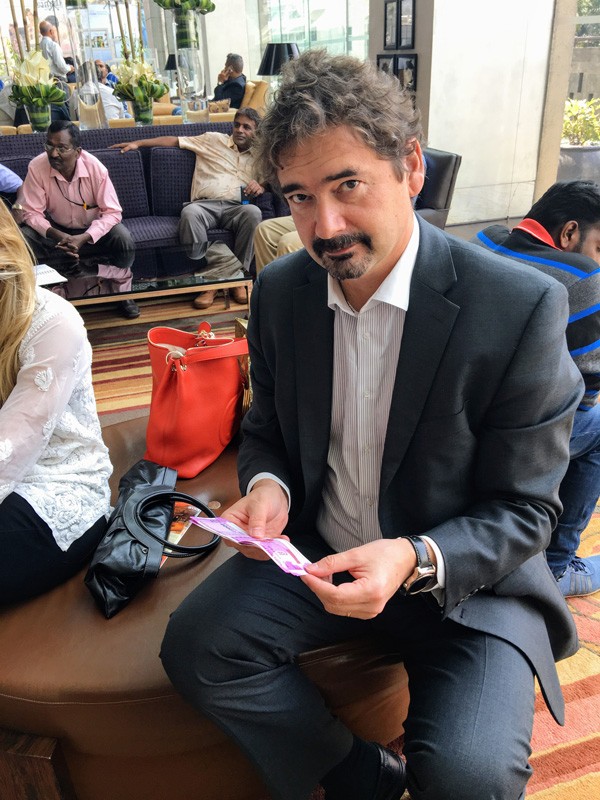
During the last 10 days I have been in India. This is part of my travels where I share the vision of Vivaldi. It has been a very enjoyable trip, where I have met a lot of smart people and eaten a lot of great food.
It has been an interesting time to be in India. In the US, we have had a very controversial election. In Iceland, my country of birth, we have had an election as well and we await the formation of a new government.
In India, the government last week decided to demonetise the currency and to cancel the use of 500 and 1000 rupee notes. This is more than 80% of all notes in use in the country. As you can imagine, this creates all kinds of issues.
Think about this as if we would cancel the use of $20 and $5 notes in the US, 200 and 500 kroner in Norway or 1000 and 5000 kroner in Iceland.That would create a bit of a mess, but mostly we would likely manage as well as cards are widely available and accepted.
Now think how you would manage without cards, like so many in India do, which is the core of the issue. People stand in long lines to get money, which is now only available in 100 and 2000 rupee notes. The 2000 notes are not so helpful, though, as most companies will not cut them. This creates all kinds of issues for travelers, but this is pale in comparison to the effect it has for those with the least of funds and those without cards. My thoughts are with the Indian people in this difficult situation.

So why was this done?
Interestingly the main reason for doing this is to curb the use of black money. The belief is that there is a lot of black money in India stacked away in mattresses and the like. People are able to exchange their old 500 and 1000 rupee notes for a while, but only up to a limit. This means that soon those piles of money will be worthless. This is a dramatic way to try to curb the use of black money and interestingly this has been tried twice before in India. Based on my discussion with friends in India, most all agree with the move or at the very least want to rid the country of black money and corruption.

The question is whether this move in itself will fix that problem.
Most likely it will not, but it may be part of a solution, or at least many believe so. But going digital is clearly a part of whatever solution there is. I would think a combination of more cards in use and the use of mobile and online banking needs to be part of any solution, so that money can be traced. The country could even decide to go only digital, but that is likely a move that will take time.
It will be interesting to follow this story as it unfolds. Being in India at this time feels like being here at historical times. I wish the country and its citizens all the best in these trying times.

Meet a good friend – Chris Skinner. Well, in Europe, if Chris cough the banks looks first for “what may be wrong” before asking: “can we help”. He has his own blog and this is interesting reading to everyone in technology, since he has an amazing way of asking just the right questions. On April 24 he made wrote:
Digital smartphone banking is used by 97% of Asia’s developed market consumers.
Over the weekend, I received a couple of interesting emails about things happening in Asia. The first is a translation of an announcement from the People’s Daily, the most official newspaper of… (see it all at https://thefinanser.com/2018/04/digital-smartphone-banking-now-covers-97-asias-developed-markets.html/)
Just the currency and printed notes is a US issue, in “Norge” you are penalised for using cash now. Chris discovered:
* 55 to 80 percent of customers in Asia would consider opening an account with a branchless digital-only bank; and those willing to bank digitally would be willing to shift between 35 to 40 percent of their total wallets to the digital account
in Korea, the 40-million strong social chat service Kakao launched Kakaobank, and acquired one million customers within the first five days
* Kakaobank also raised up to $3.6 billion in deposits and issued over $3 billion of loans in the first 100 days
* Kakaobank is the fastest-growing mobile bank in the world with over 5.5 million users, $6 billion in deposits, and over $5 billion in loans issued as of February 2018
So looking for the wallet in your swimming trunk. The digital currency is not degraded by wear and cannot be torn. The central banks need not print notes. Transactions are secure, money is not lost and the infrastructure is a phone with a browser / “app”. The app and browser should be able to accept both SMS and Internet – tcp/ip. That is all.
In countries like Venezuela, where all have become millionaires because of hyper inflation, well they can still trade with the mobile.In Iran it is similar to India – a day out is about a 1.2cm of notes of various colours in millions of Tomar. In Saudi, this is pegged to the USD so the price stays the same, but when I wear a guthra, the white robe, the wallet goes in one hand and the mobile in the other, and I need a car that can drive with both of my hands tied. There are people that suffer, and would like to see the notes back, beggars have to register to get mobile payment accounts – “Vipps 10 to 987654” should suffice with a harmonica.
Our problem is that the Americans will be the last ones using currency – notes. Our problems is that the Americans also like that we ask them for guidance in technology. This is just like driving a back wheel drive car on a very slippery surface. Unless we are very careful about what to ask about the moment the car gets traction it will charge ahead in any direction, and those in front will get hurt. That also include the very poor beggars in India, peasants in Bangladesh and the tourists at their resorts. Is it better to leave the old car and forget those in it? Those in Asia are very much in front of it.